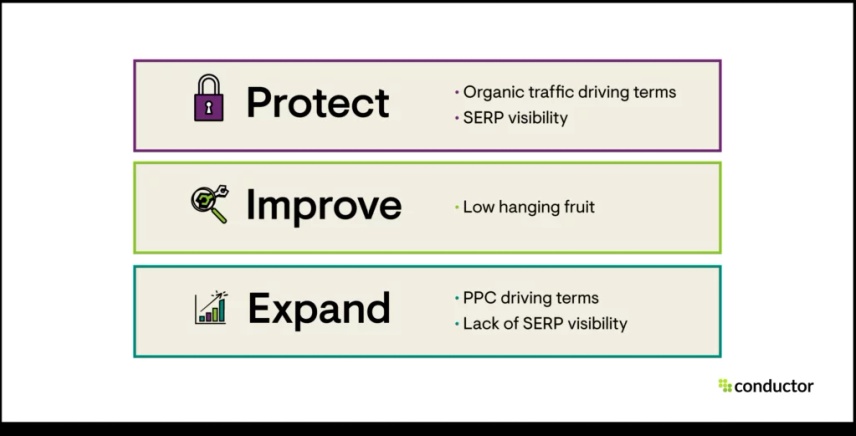Exploring the Principle of Secondary Dimensions in Google Analytics: Interpretation and Strategic Implementation
Exploring the Principle of Secondary Dimensions in Google Analytics: Interpretation and Strategic Implementation
Blog Article
Introducing the Impact of Secondary Measurement in Google Analytics on Data Evaluation and Insights
In the world of information analytics, the application of secondary dimensions within Google Analytics has emerged as an essential tool for extracting deeper insights and unraveling facility patterns that might or else stay covered. By peeling off back the layers of key data sets, secondary dimensions offer a nuanced viewpoint that enriches the understanding of user behavior, website performance, and the performance of marketing strategies.
Exploring the Concept of Secondary Dimensions
Secondary measurements in Google Analytics offer additional understandings by allowing customers to evaluate primary information in conjunction with an additional attribute. By integrating additional measurements, users can dig much deeper into the information and uncover useful relationships that may otherwise go undetected - what is a secondary dimension in google analytics.
By discovering the various secondary measurements offered in Google Analytics, customers can open new insights and optimize their digital advertising and marketing efforts. In essence, secondary dimensions serve as an effective tool for enhancing data evaluation and driving workable outcomes.
Enhancing Information Analysis With Second Measurements
Having established the fundamental understanding of additional dimensions in Google Analytics and their critical role in information analysis, the emphasis now shifts in the direction of leveraging these secondary credit to improve the analysis of analytics information (what is a secondary dimension in google analytics). By incorporating second measurements right into information analysis, experts can acquire deeper understandings right into user actions, web site performance, and advertising effectiveness

In addition, second measurements assist in contextualizing primary information metrics by supplying extra layers of information. This contextualization aids in understanding the 'why' behind the information trends, helping experts make educated optimizations and decisions to boost general performance. Eventually, incorporating second dimensions enriches the data interpretation procedure, leading to even more calculated activities and meaningful understandings.
Uncovering Hidden Insights Via Second Measurements
Checking out the midsts of analytics data with second dimensions reveals beneficial insights that would certainly otherwise stay obscured. By incorporating secondary dimensions in Google Analytics, businesses can unearth surprise patterns, fads, and connections that supply an even more comprehensive understanding of user actions and site efficiency. These added layers of data enable experts to delve deeper right into the key measurements, such as website traffic sources or landing web pages, and acquire an extra nuanced perspective on exactly how different variables interact with each other.
With using second dimensions, experts can this post segment and compare data across numerous dimensions, enabling them to determine certain factors that influence customer engagement, conversion rates, and general success metrics. As an example, by pairing the main measurement of 'tool group' with the second dimension of 'age,' marketing experts can pinpoint which age demographics prefer accessing the site with mobile tools versus desktops. This degree of granularity encourages companies to make data-driven decisions and optimize their strategies for better outcomes. Inevitably, revealing hidden understandings through second measurements boosts the depth and precision of information evaluation, resulting in more enlightened decision-making and improved efficiency results.
Leveraging Additional Measurements for Actionable Analytics
Structure upon the understandings introduced with secondary dimensions in Google Analytics, companies can currently harness this enriched data landscape to drive actionable analytics and critical decision-making. By leveraging additional dimensions, companies can delve much deeper right into their information to draw out valuable patterns, patterns, and correlations that may have previously gone undetected. This deeper degree of analysis allows businesses to get a more thorough understanding of user habits, project performance, and total site performance.
One trick advantage of using secondary dimensions for workable analytics is the capacity to segment information based on details criteria. This segmentation enables services to tailor their methods and projects to various target market teams, leading to much more targeted and efficient advertising and marketing efforts - what is a secondary dimension in google analytics. In addition, second dimensions top article provide an even more alternative sight of user interactions, allowing services to maximize their internet site content, layout, and total customer experience
Optimizing Decision-Making With Additional Measurements
To improve strategic decision-making in analytics, leveraging additional measurements in Google Analytics can provide an extra nuanced viewpoint on individual habits and campaign performance. By integrating secondary measurements into information evaluation, companies can dive deeper right into the specifics of their web site visitors' communications and involvement patterns. This extra layer of details enables for an extra extensive understanding of exactly how different variables, such as demographics, gadgets, or traffic resources, impact key efficiency signs.

Verdict
Finally, the use of additional measurements in Google Analytics plays a crucial role in improving information evaluation and discovering covert insights. By discovering this concept, one can gain a deeper understanding of individual habits and make informed decisions based on actionable analytics. Leveraging additional measurements enables a more detailed analysis of data and makes best use of the efficiency of decision-making processes.

Report this page